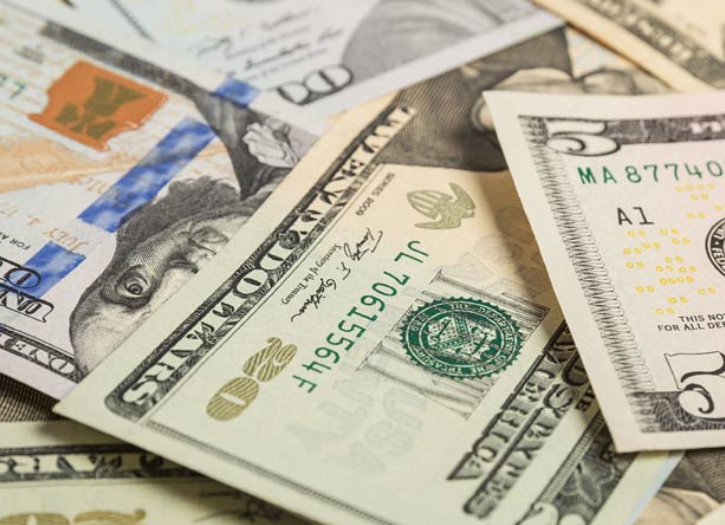The United States is a highly developed mixed economy. It is the world’s largest economy by nominal GDP; behind China. It has the world’s sixth highest per capita GDP (nominal) as of 2024.
The U.S. public debt was $909 billion in 1980, an amount equal to 33% of America’s gross domestic product (GDP); by 1990, that number had more than tripled to $3.2 trillion – 56% of GDP. In 2001 the national debt was $5.7 trillion; however, the debt-to-GDP ratio remained at 1990 levels. Debt levels rose quickly in the following decade, and on January 28, 2010, the U.S. debt ceiling was raised to $14.3 trillion.
Based on the 2010 United States federal budget, total national debt will grow to nearly 100% of GDP, versus a level of approximately 80% in early 2009. The White House estimates that the government’s tab for servicing the debt will exceed $700 billion a year in 2019, up from $202 billion in 2009. U.S. household and non-profit net worth exceeded $100 trillion for the first time in Q1 2018; it has been setting records since Q4 2012.
The U.S. federal government or “national debt” was $21.1 trillion in May 2018, just over 100% GDP. Using a subset of the national debt called “debt held by the public”, U.S. debt was approximately 77% GDP in 2017. By this measure, the U.S. ranked 43rd highest among 2017 nations. Debt held by the public rose considerably as a result of the Great Recession and its aftermath. It is expected to continue rising as the country ages towards 100% GDP by 2028.
In February 2024, the total federal government debt grew to $34.4 trillion after having grown by approximately $1 trillion in both of two separate 100-day periods since the previous June.The U.S. Treasury statistics indicate that, at the end of 2006, non-US citizens and institutions held 44% of federal debt held by the public. As of 2014, China, holding $1.26 trillion in treasury bonds, is the largest foreign financier of the U.S. public debt.
The overall financial position of the United States as of 2014 includes $269.6 trillion of assets owned by households, businesses, and governments within its borders, representing more than 15.7 times the annual gross domestic product of the United States. Debts owed during this same period amounted to $145.8 trillion, about 8.5 times the annual gross domestic product.
Since 2010, the U.S. Treasury has been obtaining negative real interest rates on government debt. Such low rates, outpaced by the inflation rate, occur when the market believes that there are no alternatives with sufficiently low risk, or when popular institutional investments such as insurance companies, pensions, or bond, money market, and balanced mutual funds are required or choose to invest sufficiently large sums in Treasury securities to hedge against risk.American economist Lawrence Summers argues that at such low rates, government debt borrowing saves taxpayer money, and improves creditworthiness.
Photo Credit: Shutterstock







Add Comment